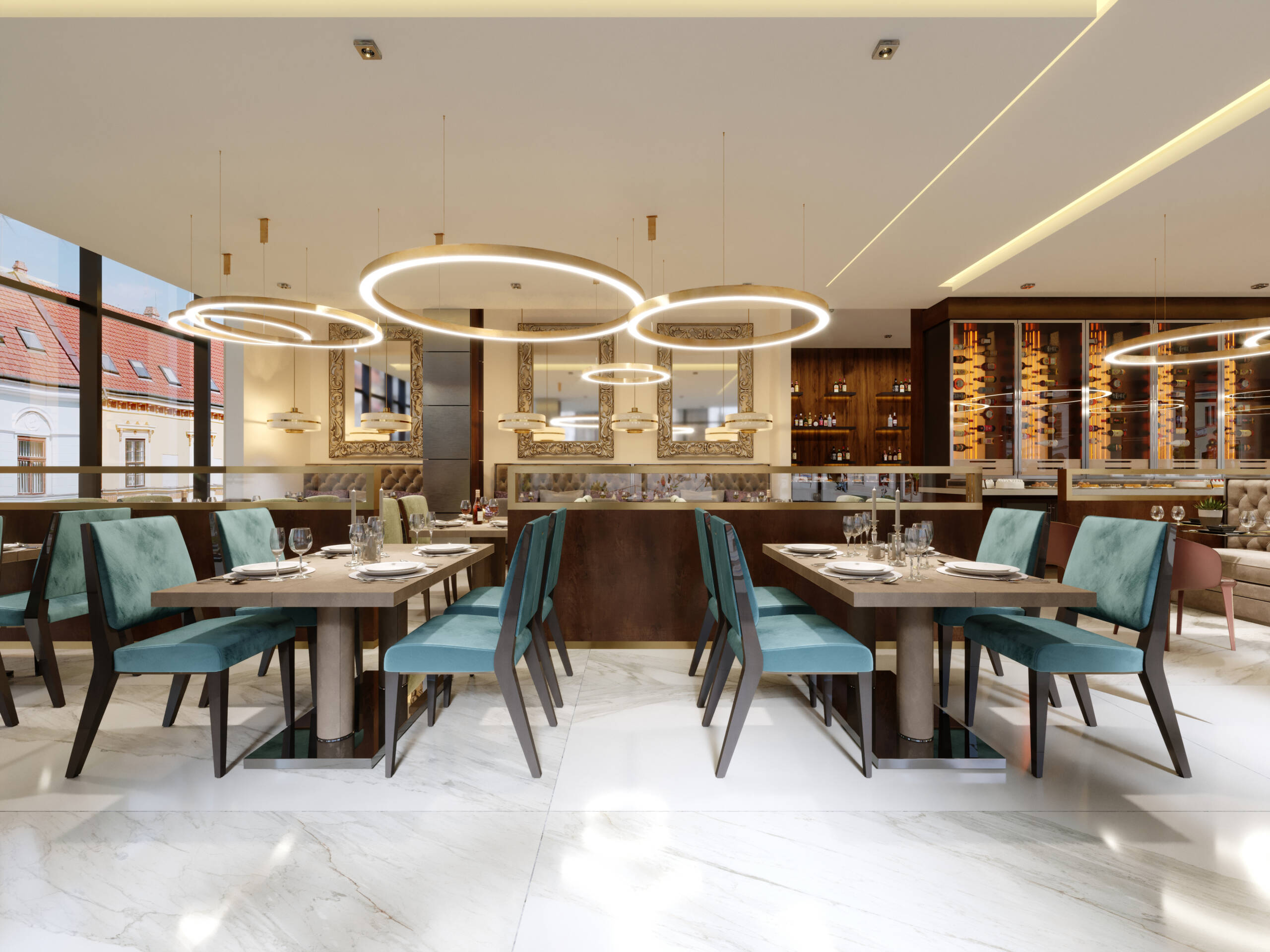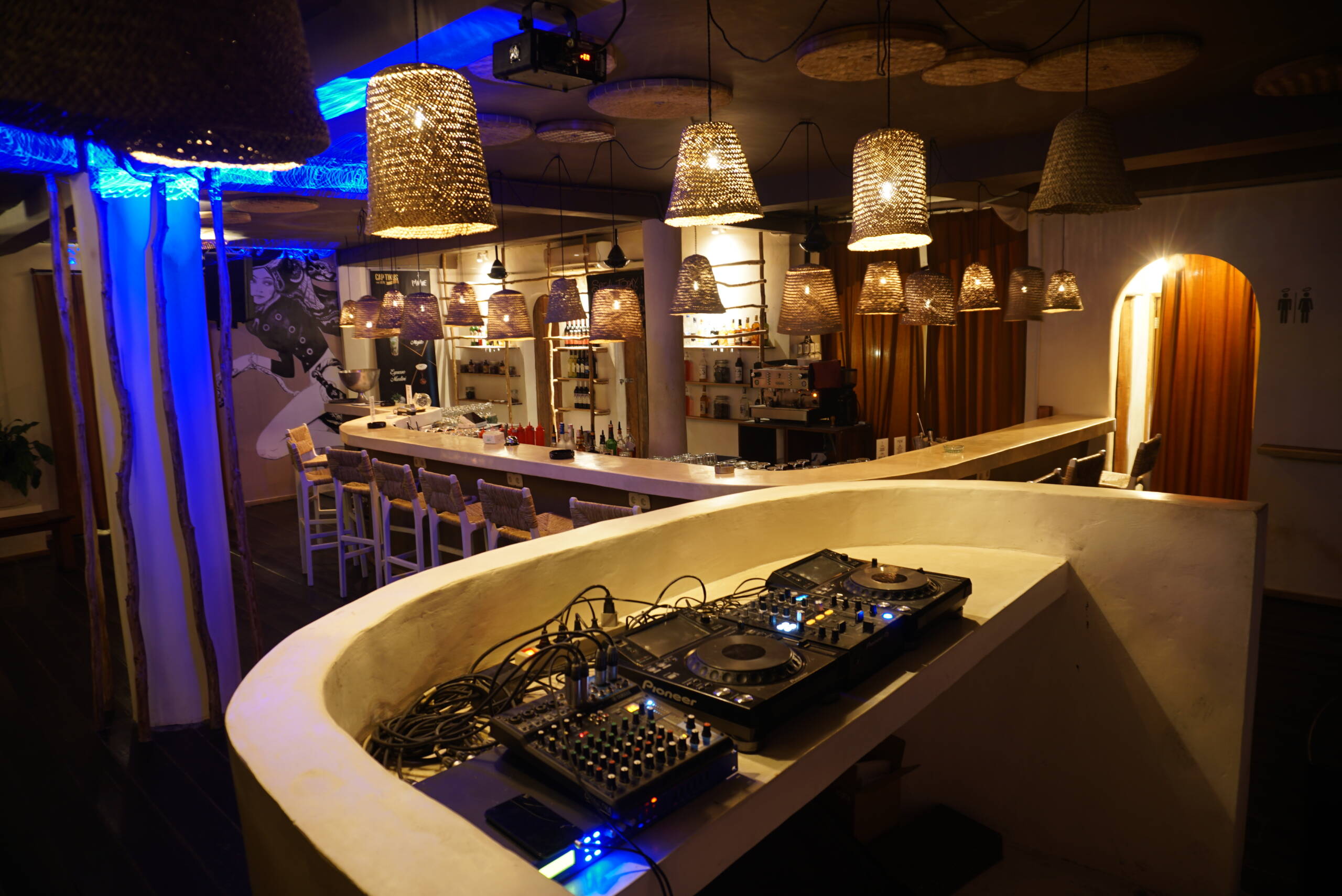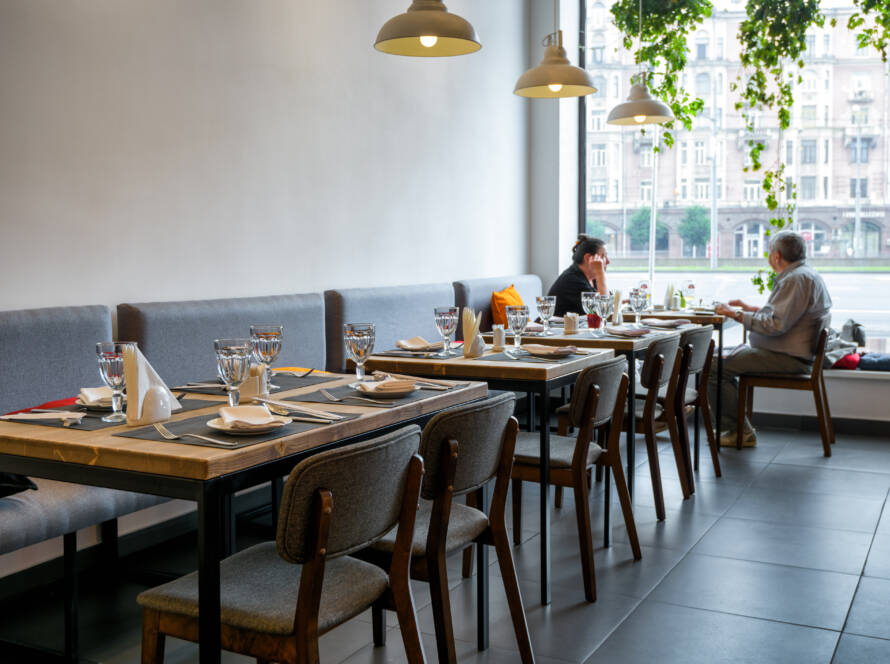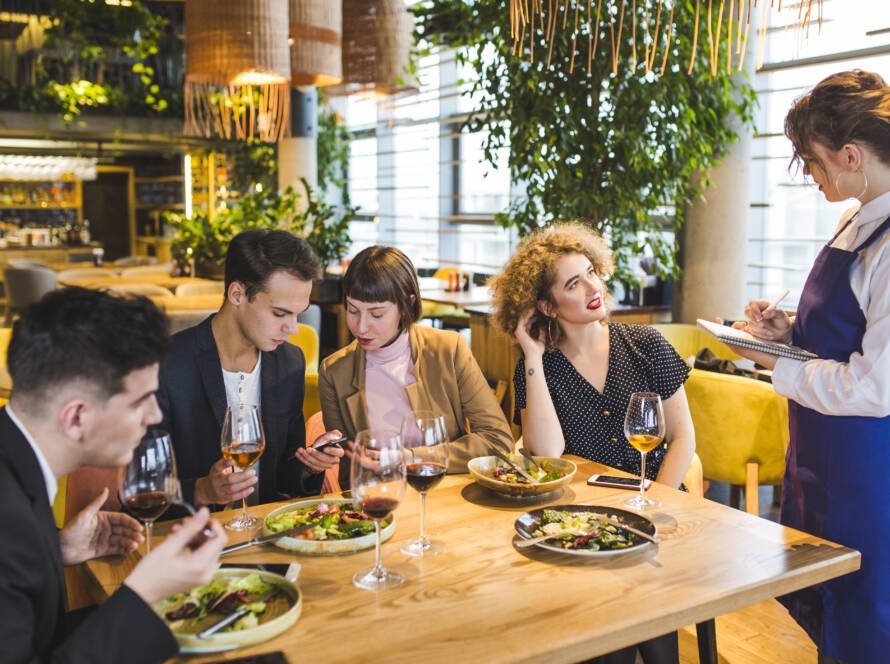Envision stepping into a restaurant where the soft strum of jazz envelops you in a warm hug, where the soft hum of chat is nicely padded by a soundtrack that syncs with the menu — and your mood. That, basically, is the sound of the future of dining. Restaurants these days are not just about food anymore. From presentation and plating to lighting and service, every aspect is crafted to create an experience. And now, the underappreciated aspect of ambiance, dining sound, is getting its moment in the spotlight. More and more restaurants are spending money on audio branding, realizing that sound is just as important to a memorable meal as the chef’s special.
In this blog, we’ll unpack why savvy restaurateurs are turning their ears to custom audio and how dining sound is shaping the future of hospitality.
What Exactly Is Audio Branding — and Why Restaurants Should Give a Damn?
By audio branding, we mean the purposeful use of sounds to reinforce the identity of a business and improve the experience of its users. For restaurants, it’s about creating a soundscape – playlists, background music, sound design, and even in-house messaging – that fits with the theme, food, and overall persona of the venue.
Think of it as an audio logo or interior design. It’s a signature soundscape that leaves a lasting impression.
The Rising Importance of Dining Sound
Why the growing focus? Because modern diners don’t just eat — they immerse. Selected carefully, the sound of eating does not merely fill up empty spaces; rather, it adds mood, shapes perception, and serves as a silent influencing factor in behavior.
- Tempo has an impact on table turnover: Fast music tends to hurry diners, whereas slower music makes them linger.
- Genre determines spending behavior: Research indicates diners tend to spend more money when classical or jazz music is heard than with pop or silence.
- Volume controls comfort: The right balance can either stimulate lively energy or offer cozy intimacy.
In short, sound is a silent salesperson.
The Science Behind Dining Sound
- A growing body of research underscores the relationship between sound and dining behavior.
- A 2003 study by North, Shilcock, and Hargreaves found that classical music in a restaurant led to customers spending more on food and drinks than pop music or silence.
- A 2012 Cornell University study revealed that softer music and lighting led diners to eat less but enjoy their meals more, and rate their experience higher.
- A 2015 Oxford University study suggested that background sound can even alter taste perception. For example, higher-pitched music can enhance sweet flavors.
Clearly, the dining sound doesn’t just fill the air — it flavors the experience.
How Top Restaurants Are Using Audio Branding Today
Across the globe, trendsetting restaurants are investing in bespoke sound strategies. Here’s how they’re doing it:
- Curated Playlists That Mirror the Menu
A tapas bar might use vibrant Latin beats during evening rushes and switch to mellow acoustic flamenco during slower lunch hours. The dining sound evolves with time and crowd.
- Seasonal Soundscapes
Restaurants are syncing playlists with seasonal menus. A winter menu might be paired with warm, velvety jazz, while summer menus float on breezy indie tunes.
- In-House Messaging with Branded Audio Cues
Just like airports or retail stores, some restaurants are embedding short branded jingles into announcements, like promoting happy hour or daily specials, subtly reinforcing brand identity.
- Zoning with Sound
Large venues use different dining sound zones — energetic near the bar, calm near fine-dining sections — optimizing customer flow and mood.
Why Are Restaurants Investing in Custom Audio Branding Now?
Several key trends are fueling the surge:
- Experiential Dining is King
Modern diners crave experiences, not just meals. A unique dining sound elevates an ordinary meal into a sensory memory that brings customers back.
- Competition is Fierce
With countless dining options, restaurants need differentiators. A well-designed soundscape can set a venue apart more subtly (and affordably) than expensive renovations.
- Technology Makes It Easier
Platforms like Sync2Dine (yes, that’s us!) allow restaurants to seamlessly curate, schedule, and manage custom playlists — without hiring a full-time sound engineer.
- Social Media-Friendly Atmospheres
Soundscapes that encourage relaxed conversations (no blaring music or echoey halls) improve customer dwell time and lead to more social media check-ins and user-generated content.
Benefits of Audio Branding for Restaurants
Here’s why the future sound of dining should matter to every restaurateur:
- Stronger Brand Identity
Your restaurant’s dining sound becomes part of its DNA, as recognizable as its logo, menu, or decor.
- Increased Customer Dwell Time
Engaging, comfortable music encourages diners to stay longer, order more, and return sooner.
- Better Reviews and Word of Mouth
Guests are more likely to rave about an overall experience, sound included, in their online reviews.
- Higher Staff Morale
A pleasant acoustic environment improves not just customer moods but also employee satisfaction and productivity.
Crafting Your Restaurant’s Future Dining Sound: Where to Start
If you’re ready to join the audio branding wave, here’s a human-centered approach to get started:
- Define Your Restaurant’s Personality
Is it romantic, lively, minimalist, or nostalgic? Your dining sound should echo this mood.
- Understand Your Customer Demographic
Families, foodies, young professionals — tailor your sound to their tastes and expectations.
- Map Your Customer Journey
Consider how the sound should evolve throughout the day — breakfast rush, lunch calm, dinner buzz, late-night drinks.
- Invest in Quality Equipment
Even the best playlist falls flat without crisp speakers and good acoustics. Don’t overlook soundproofing and speaker placement.
- Partner with Audio Branding Experts
Platforms like Sync2Dine specialize in helping restaurants design custom sound solutions that reflect their brand, match their menu, and enhance customer experience.
The Future: Smart, Adaptive Dining Sound
Looking ahead, dining sound will only get smarter:
- AI-Powered Playlists: Automatically adjust tempo and genre based on crowd density and time of day.
- Sound Personalization: Tableside audio zones where customers can choose micro-playlists (ideal for private dining rooms).
- Interactive Soundscapes: Music synced with lighting, digital menus, or even AR experiences.

Conclusion
The future of dining is multisensory, and dining sound is no longer just background noise. It’s a force that molds atmosphere, drives behavior, and solidifies brand identity.
- If restaurants care to listen, audio branding goes beyond just playing background music; it is about creating memories.
- If you wish to set the right vibe for your restaurant’s sound from morning coffee to cocktails at midnight, Sync2Dine can assist!
Your next best-seller could be a song, not a food item.



